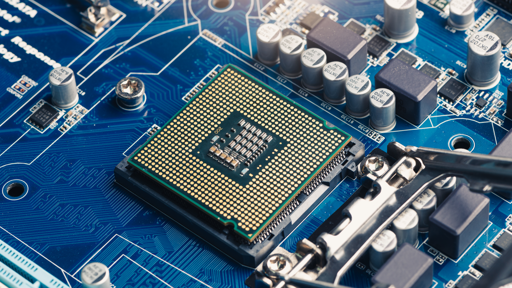“The new device is built from arrays of resistive random-access memory (RRAM) cells… The team was able to combine the speed of analog computation with the accuracy normally associated with digital processing. Crucially, the chip was manufactured using a commercial production process, meaning it could potentially be mass-produced.”
Article is based on this paper: https://www.nature.com/articles/s41928-025-01477-0
Look, It’s one of those articles again. The bi-monthly “China invents earth-shattering technology breakthrough that we never hear about again.”
“1000x faster?” Learn to lie better. Real technological improvements are almost always incremental, like “10-20% faster, bigger, stronger.” Not 1000 freaking times faster. You lie like a child. Or like Trump.
Analog is literally computing on the fabric of the universe.
You mean like all computers
You are dumb.
You have gotten close to understanding something profound and failed to understand that the thing in your hand also represents that profundity.
Dumby.
Computation is arranging the structure of the universe to reflect itself and something not a mind but a necessary component part thereof. All computing is literally computing on the structure of the universe. A well expressed thought to which you shall reply what? “Dumby” not even a word anyone uses. It’s not merely that you are incapable of expressing an alternative position you are not even capable of calling someone stupid correctly.
Why are you so dumby???
This was bound to happen. Neural networks are inherently analog processes, simulating them digitally is massively expensive in terms of hardware and power.
Digital domain is good for exact computation, analog is better for approximate computation, as required by neural networks.
That’s a good point. The model weights could be voltage levels instead of digital representations. Lots of audio tech uses analog for better fidelity.I also read that there’s a startup using particle beams for lithography. Exciting times.
what audio tech uses analog for better fidelity?
Vinyl records, analog tube amplifiers, a good pair of speakers 🤌
Honestly though digital compression now is so good it probably sounds the same.
speakers are analog devices by nature.
The other two are used for the distortions they introduce, so quite literally lower fidelity. Whether some people like those distortions is irrelevant.
You want high fidelity: lossless digital audio formats.





